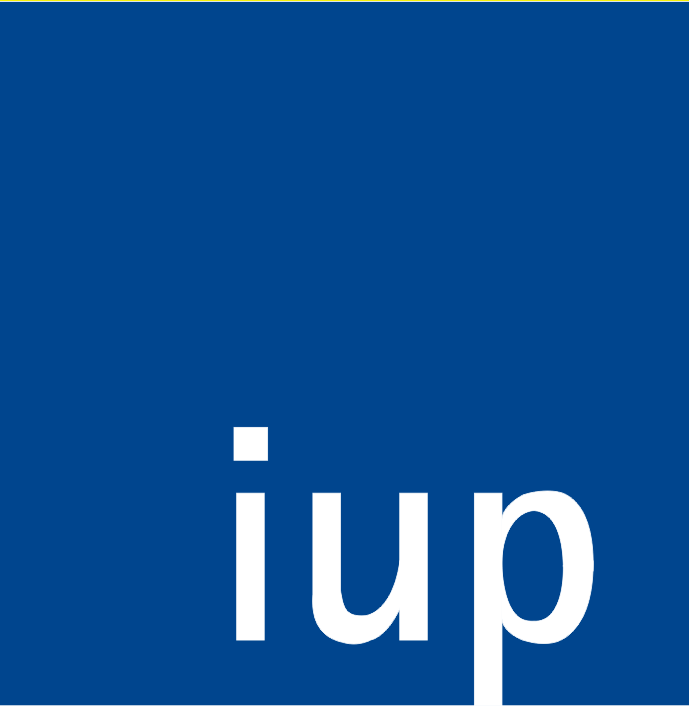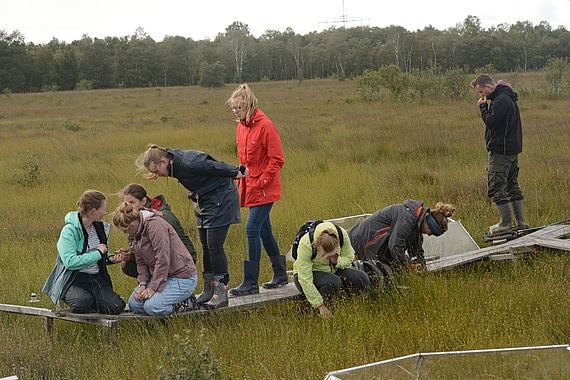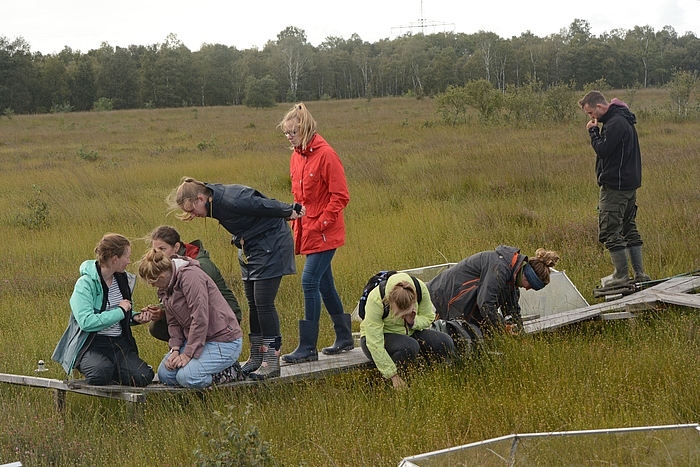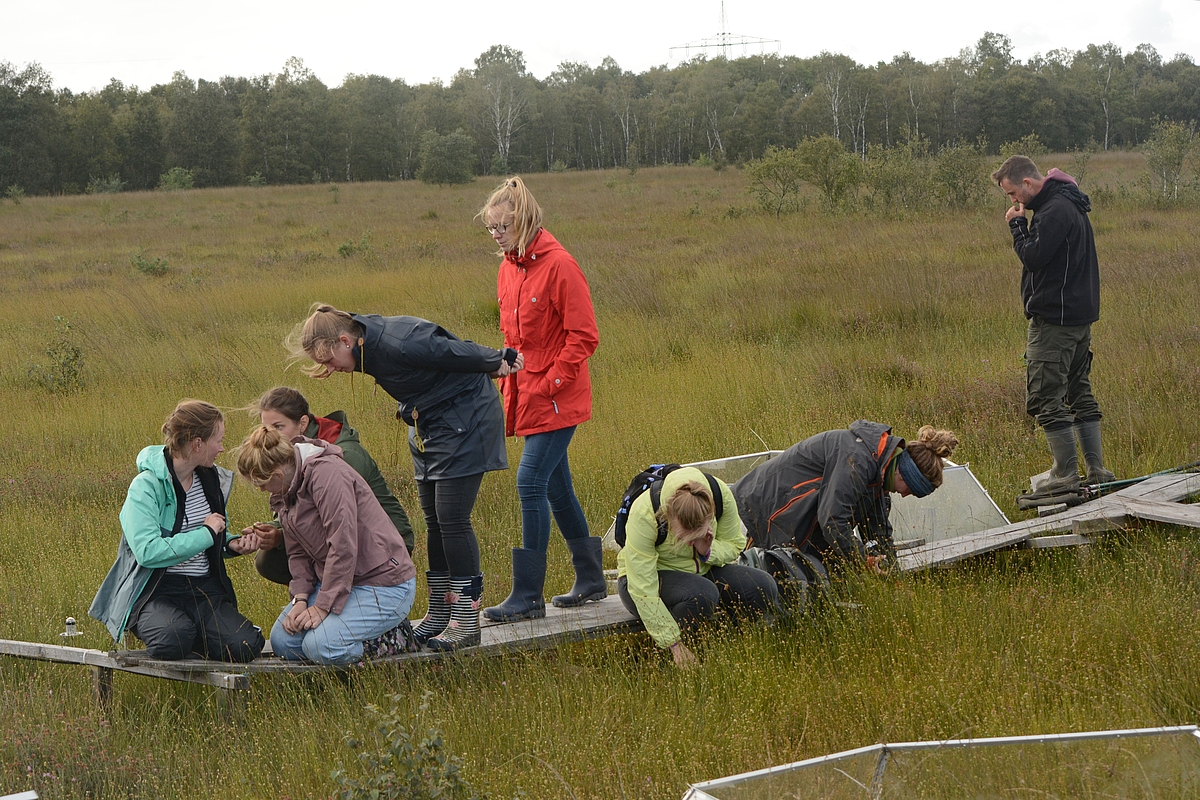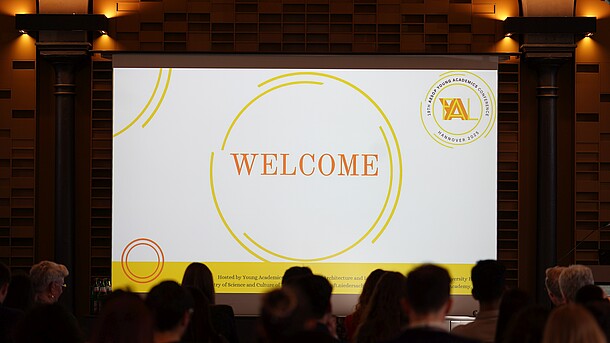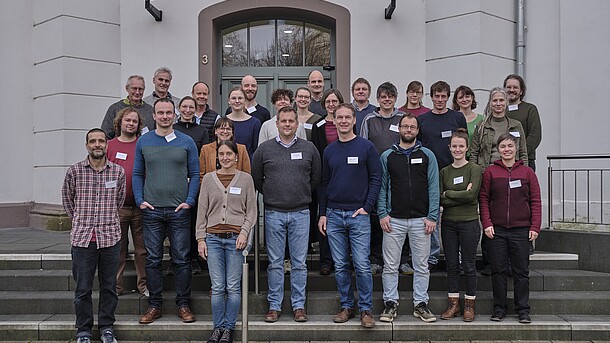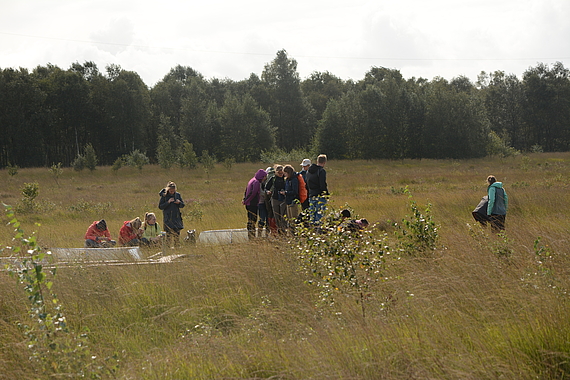
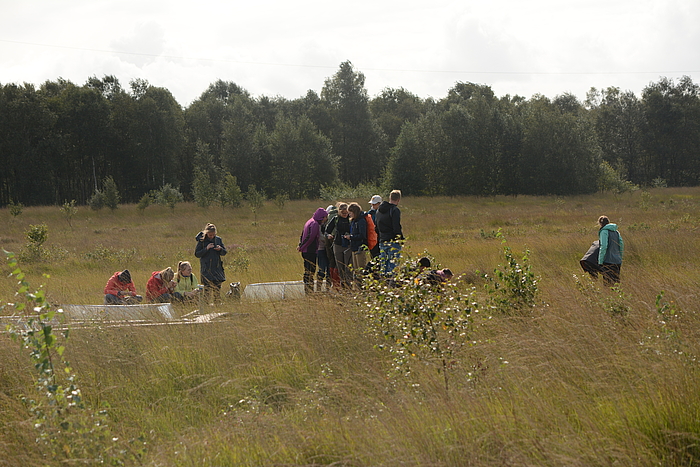
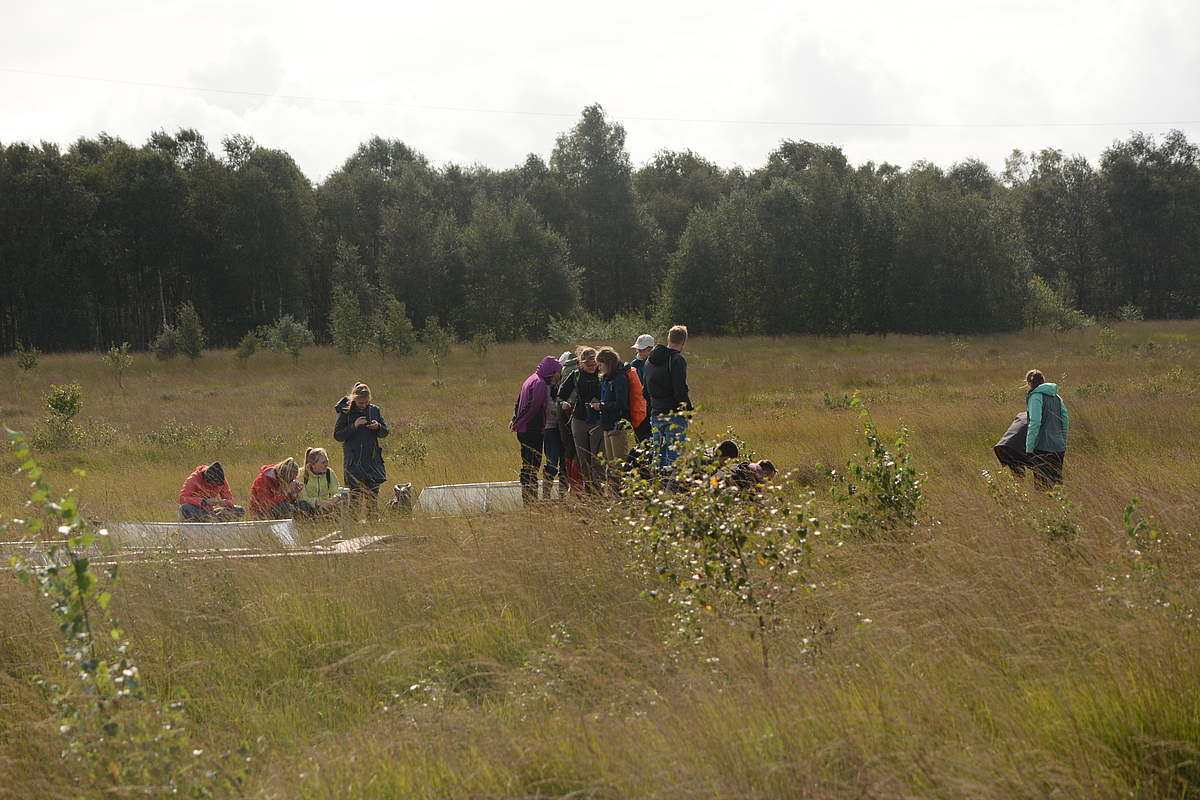
Lower Saxony is the federal state with the high moors in Germany. Due to agricultural use and peat cutting, most of the moors are heavily overgrown and degraded. Nevertheless, there are some well-preserved remaining areas. In September 2019, 16 students got an impression of these last high moors jewels and likewise of the heavily altered areas. They were able to deal with the challenges of renaturation as well as the opportunities of paludiculture and learn about the highly specialised flora and fauna of the high moors. With Amanda Grobe and Lotta Zoch, they visited various high moor sites in western Lower Saxony and the Netherlands.
At the beginning of the five-day excursion, the history of moorland settlement was illustrated in the Geeste Moor Museum. During the week, the students were able to see for themselves on various areas how difficult it is to restore and regenerate degraded high moor areas. On the research plots of the Optimoor project, Anna Bartel from the European Topic Centre Moor and Climate explained the renaturation attempts on high moor grassland. In the Vechtaer Moor, Peter Raabe from the Institute of Landscape Ecology at the WWU Münster presented his research project in cooperation with the Lebensraumstiftung Moor (Gramoflor) on the reintroduction of Bult peat mosses on rewetted peatland. In the Bargerveen Nature Park, Dr Hirndorf showed the extensive rewetting work being carried out around the last untouched high moor areas in the Netherlands. With Thorsten Obracay, possibilities for maintaining and keeping open valuable bird sanctuaries in the Diepholzer Moorniederung were visited. At the substrate manufacturers Gramoflor and Klasmann-Deilmann, the students were able to discuss peat extraction and alternative substrate feedstocks. In addition, the peat moss cultivation areas from the IUP research project KlimDivMoos (IUP-Forschungsprojekt KlimDivMoos) in Twist and from the Greifswald Moor Centrum near Oldenburg were visited and the opportunities of so-called paludiculture - the wet use of peatlands - were explained. In the Meerkolk nature reserve in Geeste, the students were able to get to know different types of peat moss and observe other typical species of high moor flora and fauna.
